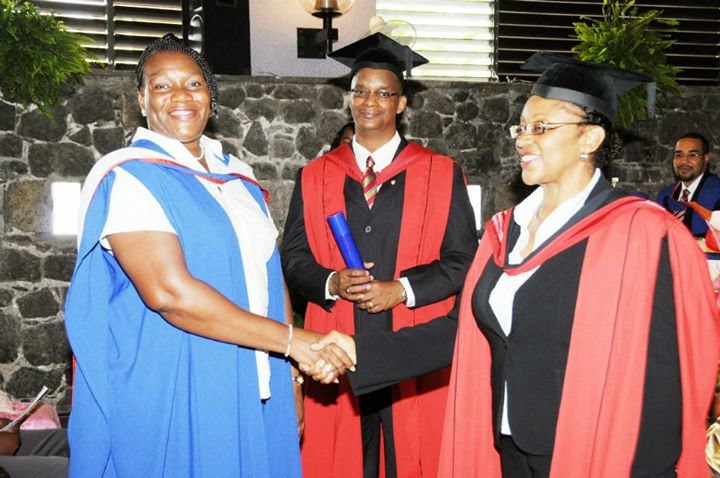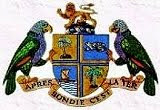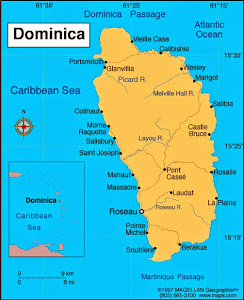Learning about CLASS
The Classroom Assessment Scoring System® (CLASS) was developed to identify observable teacher-‐student1 interactions, to determine which interactions are effective in driving better developmental and academic student outcomes, and to support teachers as they improve their teaching practices.
1. What is CLASS? What exactly does it measure?
The Classroom Assessment Scoring System (CLASS) is an observational tool designed by researchers at the University of Virginia and developed by Teachstone. It measures the quality of adult-child interactions and thus learning environments in child care programs.
2. What research was used to develop the CLASS observation tool?
CLASS domains and dimensions are based on developmental theory and research suggesting that interactions between children and adults are the primary way of supporting children's development and learning, and that effective, engaging interactions and environments form the foundation for all learning in early childhood classrooms. Teachstone used research-based, valid indicators and behavior markers of interactions and environment in their development of the tool.
The Administration for Children and Families selected CLASS, “an instrument that has been validated by over 10 years of research in educational settings,” as a tool for measuring quality in its Head Start programs. Along with the Environmental Rating Scale (ERS) tools, the Office of Head Start (OHS) chose CLASS because it derives from “developmental theory and research suggesting that interactions between children and adults are the primary way of supporting children's development and learning, and that effective, engaging interactions and environments form the foundation for all learning in early childhood .




